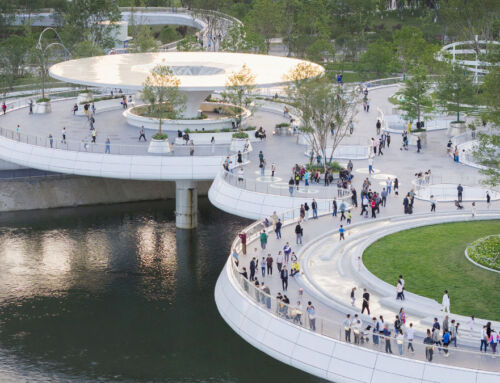When it comes to implementing a smart facility with a building management system (BMS) that ensures safe, efficient and automated operation, a rigorous methodology needs to be put into practice. From the very beginning, in other words, from the design phase of the building, as from all other phases, it is a matter that must be approached with technical precision and strategic vision.
The process begins with a thorough analysis of needs and objectives. This initial diagnosis makes it possible to balance the need for functionalities with the question of economic viability, and to avoid the extremes of an insufficient or an oversized system. The subsequent technical design, through which we select the devices, software and communication protocols, must resolve the architecture of the system.
The implementation phase involves the physical installation of the selected devices, but also their intelligent configuration for coordinated operations. The final integration tests the communication and operability of all components, and verifies that the system responds to the parameters initially set.

Image: our-team | @Freepik.es
This process is not without its challenges. The fragmentation of legacy systems often hinders full integration, while the initial investment and the need for technical expertise represent significant barriers. In addition, increasing exposure to cyber-attacks requires robust security protocols from the very design of the system.
That’s why we must anticipate these challenges through compatible technologies, open architectures and proactive security protocols. When executed correctly, a well-designed BMS becomes a transformative tool, enabling managers to monitor the building in real time and thereby dynamically optimise its energy performance, operational security and user experience.
Learn more about these innovative management systems through the list in the link below:
By Juan Carlos Soria, Senior MEP Engineer in Amusement Logic’s Architectural Dept.
Header image: @Freepik






